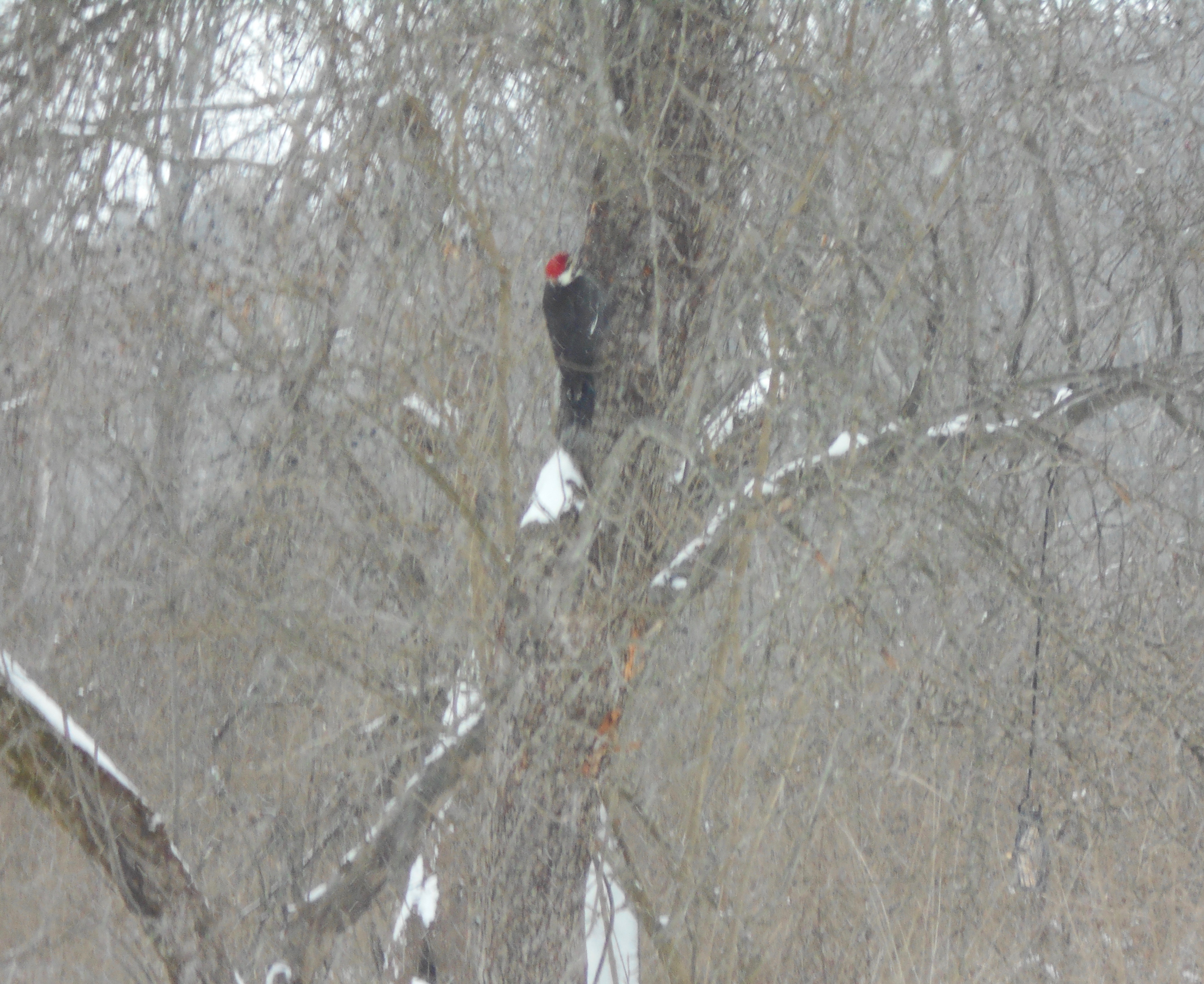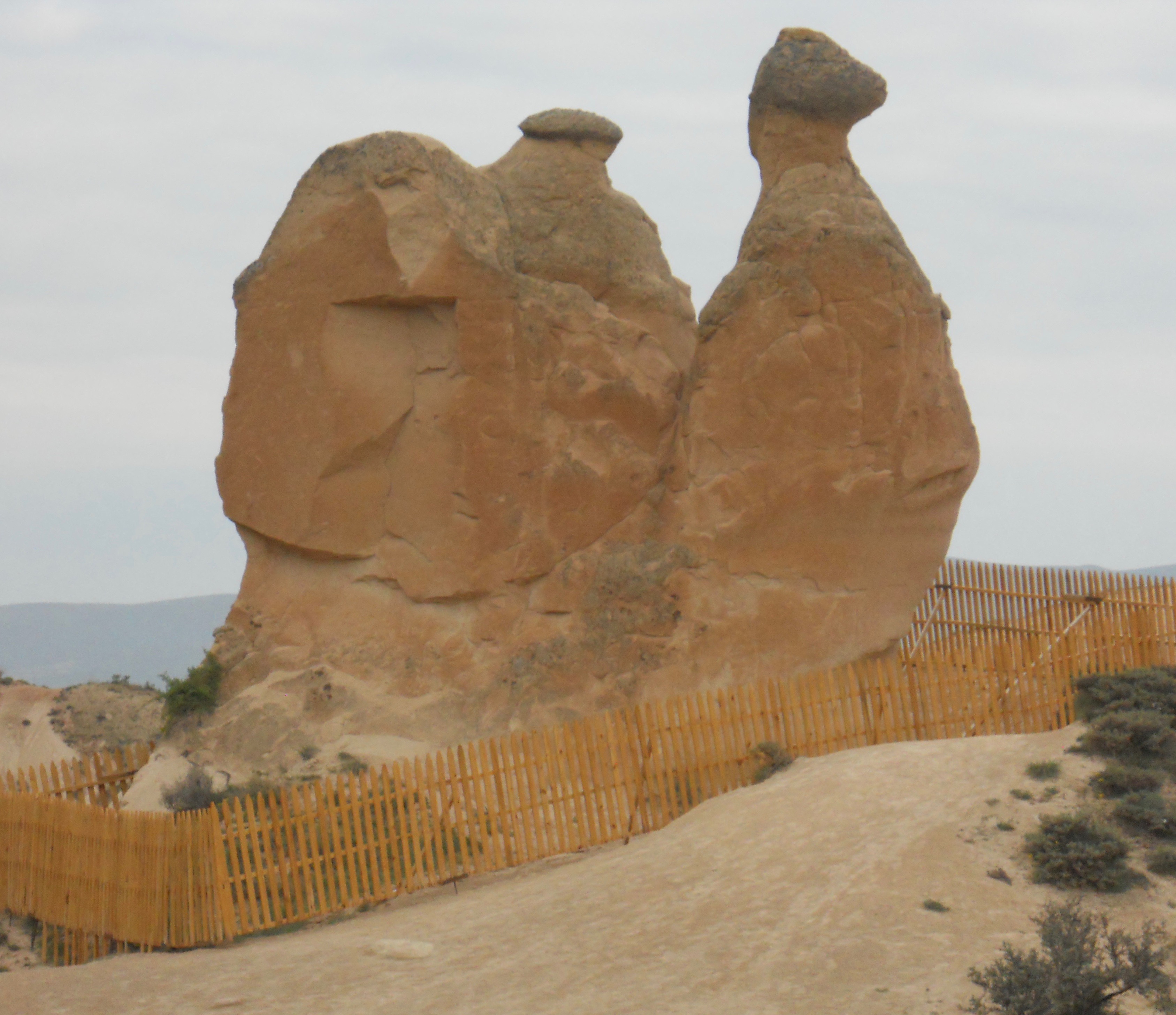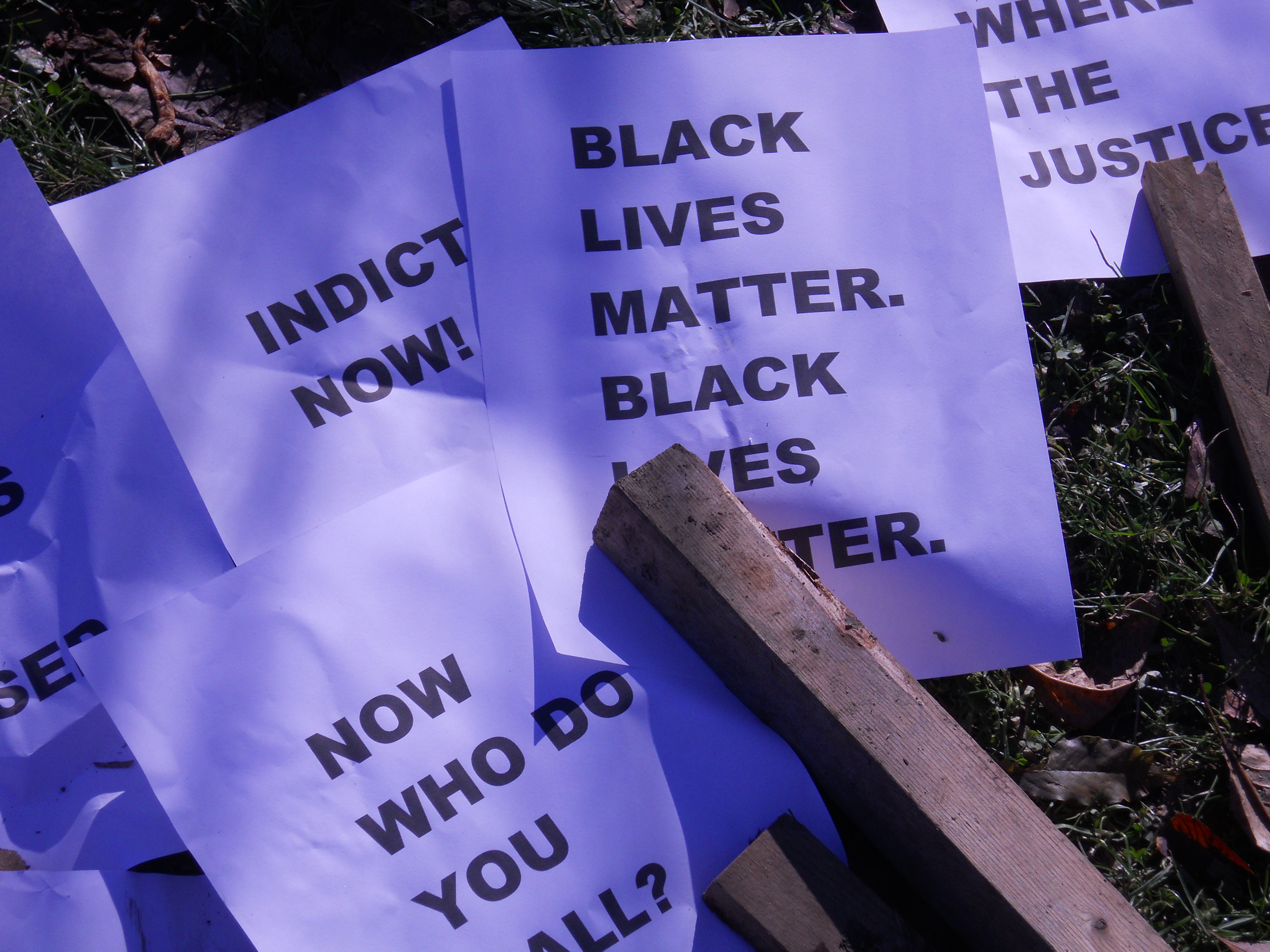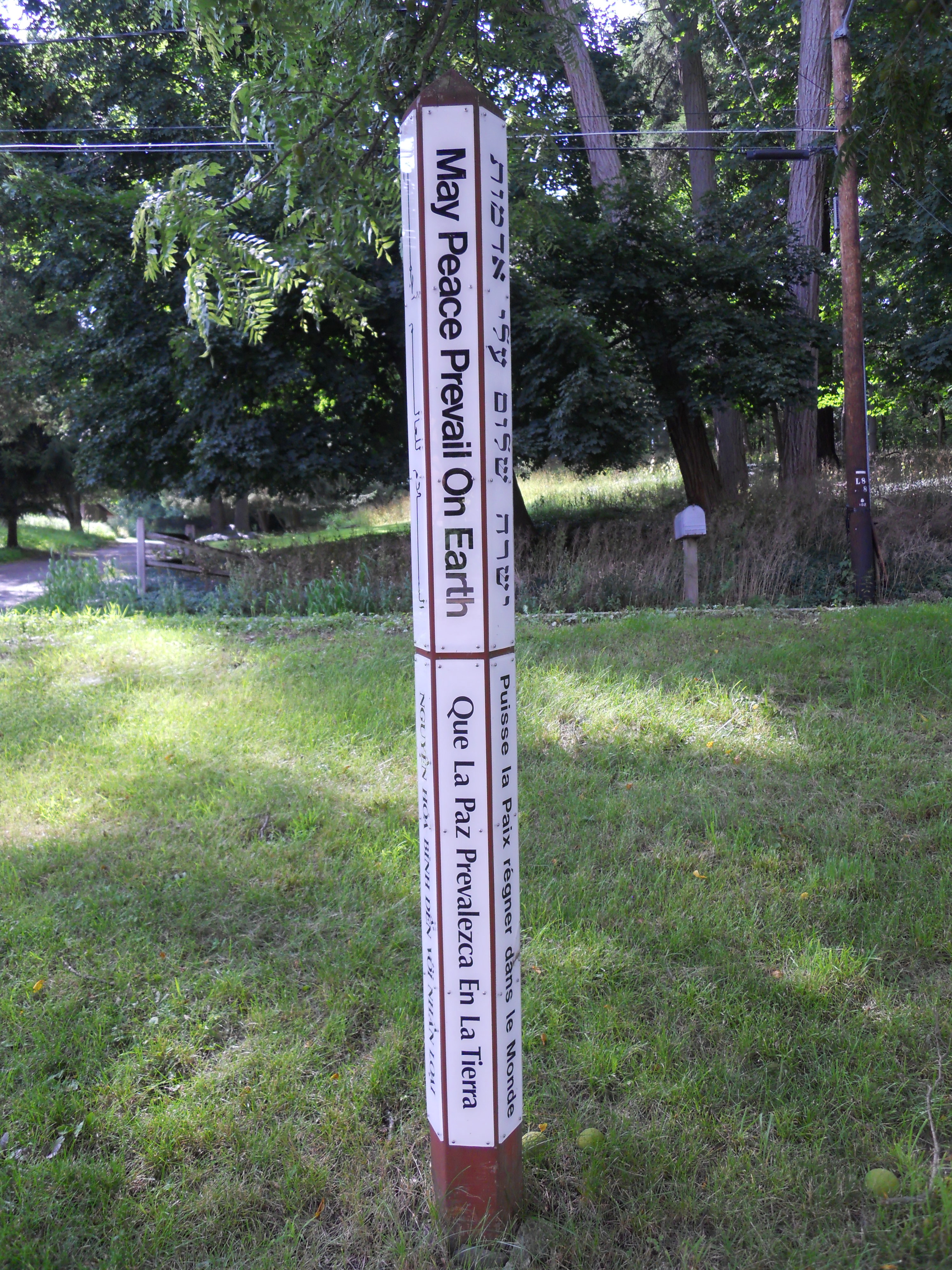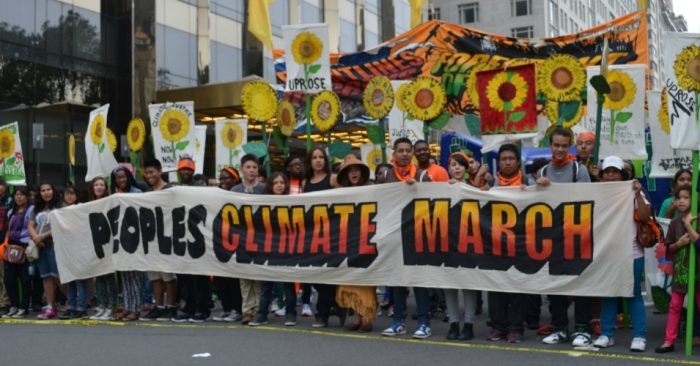My father died four years ago at the age of 96. By that time, he moved slowly, his head bent over, and he used a walker most of the time. Luckily, his brain and his ability to think remained sharp; slowed, yes, more easily frustrated, but deep until the last two weeks of his life.
And as I get into my mid-seventies, I sometimes feel him inside me. I get tired and sense him leaning over inside me or my head coming forward like his did. I slow down and feel old. Then I recognize what I’m doing and straighten up. In my mind and body, I go from 96 to 30. My posture improves. I feel more limber and energetic.
Most of us know Shakespeare’s famous lines from his play As You Like It, “All the world’s a stage, And all the men and women merely players…” We enter a scene, and we form ourselves accordingly; depending on where we are or who we see, we put on a character, fabricate a history, try out gestures as we’d put on clothing. When meeting parents, or teachers, we think, feel, and act differently than meeting a close friend or an enemy.
But who are we acting for? Who is the audience? Is it for just for others or ourselves? There is often a performance aspect to our feelings and behavior even when no one else is around. We try out being different selves to help us decide what we feel comfortable doing or being, or try out different beliefs, attitudes to see how they feel. We might stand up straight not only to look brave to others but to convince ourselves.
I just started reading an interesting new book, The Extended Mind: The Power of Thinking Outside the Brain, by Annie Murphy Paul. She clearly explains how we could increase our strength, resilience, level of success, and decrease how much we suffer. It is the same point that Buddhism and other meditation traditions have made for hundreds of years but now we have modern science to back it up. It’s less what we perceive or the events of our lives that shape us than how we respond to them.
Over a hundred years ago, psychologist William James said we often think we have an emotion and then act. We see a bear in the woods, or maybe a domestic terrorist on the street, and we feel fear, our heart pounds, palms sweat. We feel an impulse to run, and we run. We think the fear makes us run. But James said it’s the other way around. We feel fear because our body has begun to sweat, our heartbeat has sped up, our legs twitch. Likewise, we know we’re happy because we’re smiling. The body leads heart and mind.
Our emotions are not formed whole but are constructed of different elements. Murphy talks about building blocks of emotion. First, there’s interoception, or the awareness of internal sensations, as well as awareness of external sensations. These are added to a cognitive appraisal or interpretation of these sensations based on our beliefs, past experiences, our society, etc….
**To read the whole article, please go to the Good Men Project.



